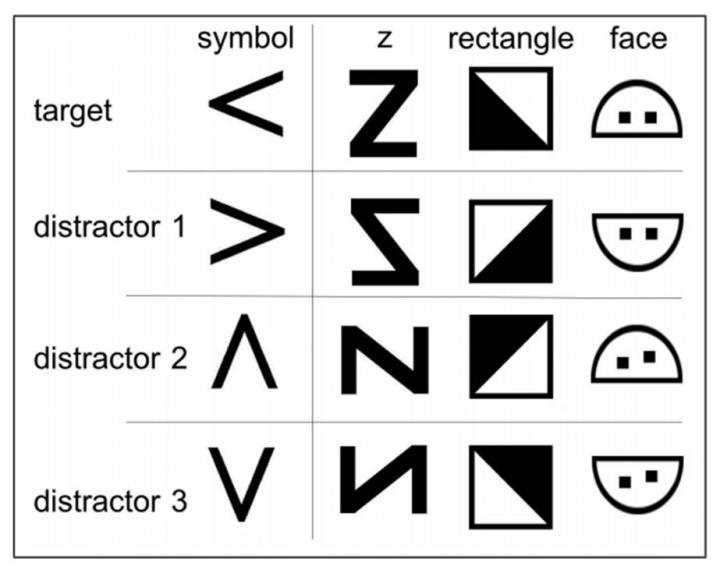This is the aim of MusVis, a web game developed by Maria Rauschenberger, supervised by Ricardo Baeza-Yates and Luz Rello, researchers associated with the Department of Information and Communication Technologies

Credit: UPF
Dyslexia is a specific learning disorder that affects 5 – 15% of the world population. MusVis, a web game developed by Maria Rauschenberger supervised by Ricardo Baeza-Yates and Luz Rello, researchers associated with the Department of Information and Communication Technologies (DTIC) at UPF, received the W4A Attendees’ Award on 20 April at the 17th International Web for All Conference, whose specific theme this year was Automation for Accessibility, for the communication paper entitled “Screening risk of dyslexia through a web-game using language-independent content and machine learning”.
“The aim of our web game, called MusVis, was to measure the differences in the interaction of children with and without dyslexia while they identify visual and musical elements in a fun way”, says Maria Rauschenberger, a 2019 PhD from Pompeu Fabra University with her thesis on dyslexia supervised by Ricardo Baeza-Yates and Luz Rello, co-authors of the paper and researchers associated with the UPF DTIC. Thanks to her research, Maria Rauschenberger was hired as a postdoctoral researcher at the Max-Planck Research Institute in Germany.
“To our knowledge, this is the first time the risk of dyslexia has been analysed by means of a web game based on language-independent contents and using machine learning”, Rauschenberger affirms. This new method could be used to detect possible learning disorders in children, even before they develop language skills, and lead to possible early intervention. Thus, “we aimed to detect dyslexia through interactions that do not require a knowledge of language”, the authors affirm.
Although it is likely that the differences are not as strong or visible as reading and spelling errors that characterize children with dyslexia, in the light of the results obtained so far, the authors consider MusVis as being a promising tool for predicting dyslexia in pre-readers using language-independent audio and visual content. “Since children with dyslexia need about two years to offset their difficulties, our method, as it is language-independent, could help reduce school failure, delayed treatment and, most importantly, reduce the suffering of children and parents”, Rauschenberg highlights.
“Our approach might optimize the resources to detect and treat dyslexia, however, we would need to examine many more children at an early age to expand the training data for our predictive models based on machine learning and improve our results”, the authors add.
###
Hence, all children who so wish are invited to participate in this study from home, via this page:
https:/
Media Contact
Nuria Pérez
[email protected]
Related Journal Article
http://dx.




